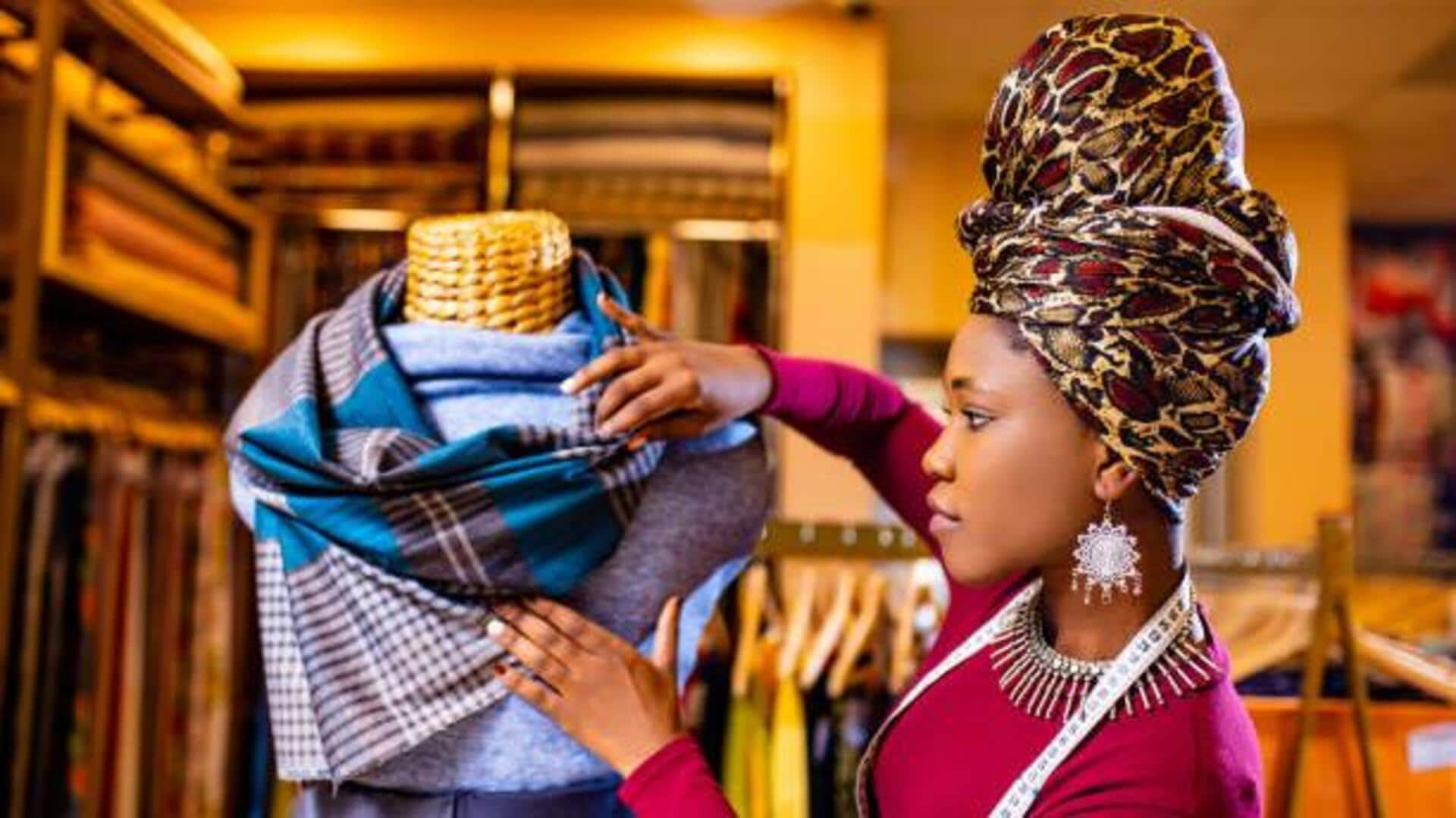
How African designers are shaping sustainable fashion
What's the story
African designers are leaving their imprint on the sustainable fashion scene like never before.
By marrying time-honored techniques with contemporary green practices, they are reinventing the wheel.
These designers concentrate on locally sourced materials and advocate for ethical production practices. Their creations not only showcase Africa's cultural wealth but also play a part in global initiatives to minimize environmental footprint.
Here's how African designers are redefining environmental fashion with amazing innovations.
#1
Embracing traditional techniques
Notably, many African designers infuse traditional craftsmanship into their designs, preserving cultural heritage and promoting sustainability.
Techniques like hand-weaving and natural dyeing lessen dependence on industrial processes that often take a toll on the environment.
Using these age-old methods, designers craft unique pieces that set them apart in the global market, all the while keeping ecological footprints to a minimum.
#2
Utilizing local materials
Sourcing materials locally is one of the key strategies for many African fashion brands that wish to be environmentally conscious.
By using indigenous fabrics like cotton and jute, these designers not only support local economies but also reduce carbon emissions of long-distance transportation.
This way, not only are they assured of high-quality products, but they also contribute to developing the community by providing jobs and skills training.
#3
Promoting ethical production
Ethical production lies at the core of most African fashion initiatives.
Designers focus on fair wages and safe working conditions for artisans who contribute to their collections.
This dedication to ethical practices ensures that workers reap the rewards of their labor, resulting in better livelihoods and empowered communities.
#4
Innovating with recycled materials
Innovation is key to pushing sustainable fashion forward among African designers, who frequently source recycled materials such as plastic bottles or used textiles to produce garments or accessories.
This inventive repurposing of waste not only minimizes landfill contribution but also encourages consumers to rethink their consumption habits.
#5
Collaborating for greater impact
Collaboration between African designers is creating a bigger impact in the sustainable fashion space through cross-border sharing of resources, knowledge, and networks.
Across regions, continent-wide collaborations magnify voices and efforts to achieve common goals such as reducing pollution, conserving biodiversity, and improving social equity through joint action.
Partnerships between established and emerging talents only serve to bolster this movement, driving positive change worldwide.